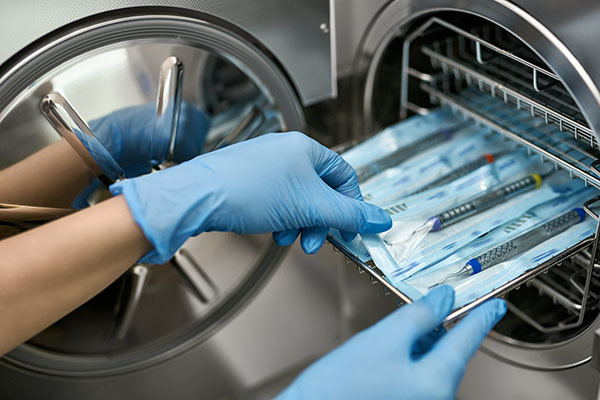There’s never a good time for an emergency, but urgent dental pain can indicate a real problem that requires a trip to the dentist for immediate emergency procedures.
Common Dental Emergencies:
Here are some common dental emergencies that send patients rushing to the dentist, as well as what you can do for dental emergencies in the meantime:
- Abscess:– an infection that occurs around the root of a tooth and between the tooth surface and the gums
- What You Can Do: If you have a small, bump, you may have an abscessed tooth. Rinse your mouth out with a saltwater solution and call an emergency dentist.
- Objects Lodged Between Teeth:- Foreign objects that remain stuck for too long can irritate the surrounding gum tissue.
- What You Can Do: Try to floss the object out from between the teeth. Don’t use any other utensil or you could break a tooth. If you find that you’re just pushing the substance further down into the gums, it’s time to call a dentist for emergency services.
- What You Can Do: Rinse your mouth with warm water and floss around the aching tooth to see if a lodged object is the culprit. If that doesn’t alleviate the pain, then apply a cold compress to your outer cheek until you can see a doctor.
- Emergency Toothache:– Toothaches have several possible causes, but the most important thing is to get into the dentist’s office and assess the severity of the issue.
- What You Can Do: Try to floss the object out from between the teeth. Don’t use any other utensil or you could break a tooth. If you find that you’re just pushing the substance further down into the gums, it’s time to call a dentist for emergency services.
- Chipped or Knocked Out Teeth:– These issues vary in pain level and severity but almost always require an emergency visit to the dentist.
- What You Can Do: Don’t mess with a cracked tooth to avoid additional irritation. For a knocked-out tooth, wash it off and place it in a jar of milk or your own saliva to preserve it until you can make it to the dental office. Then apply a cold, wet compress to the bleeding area that is used to hold the tooth.
- Loose or Separated Filling or Crown:– Not exactly an urgent problem that needs to be considered in dental emergencies, but can still cause significant pain due to sensitivity to pressure, air, and temperatures that are too hot or too cold. In rare cases, the problem may turn out to be an underlying cavity that requires a root canal.
- What You Can Do: Contact your local dental emergency office and take pain medication.
- Impacted Wisdom Teeth:– These are wisdom teeth that remain and grow in the jawbone. may require an emergency tooth extraction.
- What You Can Do: Unfortunately, there isn’t much you can do in the meantime besides taking pain medication and waiting for dental emergency service.
- Loose or Separated Filling or Crown:- Not exactly an urgent problem that needs to be considered in dental emergencies, but can still cause significant pain due to sensitivity to pressure, air, and temperatures that are too hot or too cold. In rare cases, the problem may turn out to be an underlying cavity that requires a root canal.
- What You Can Do: Regularly rinsing your mouth with a mixture of warm salt water may also reduce bacteria and stop gum bleeding.
Should I Go To an Emergency Room or an Emergency Dentist?
You may feel the urge to run to the emergency room after experiencing significant dental pain and discomfort, but that may not be the best option. Hospitals aren’t equipped to perform dental services and the most they can do for you is prescribe antibiotics or pain relievers until the dentist can see you. If you’re in pain or having a dental emergency, call your emergency oral care provider.




